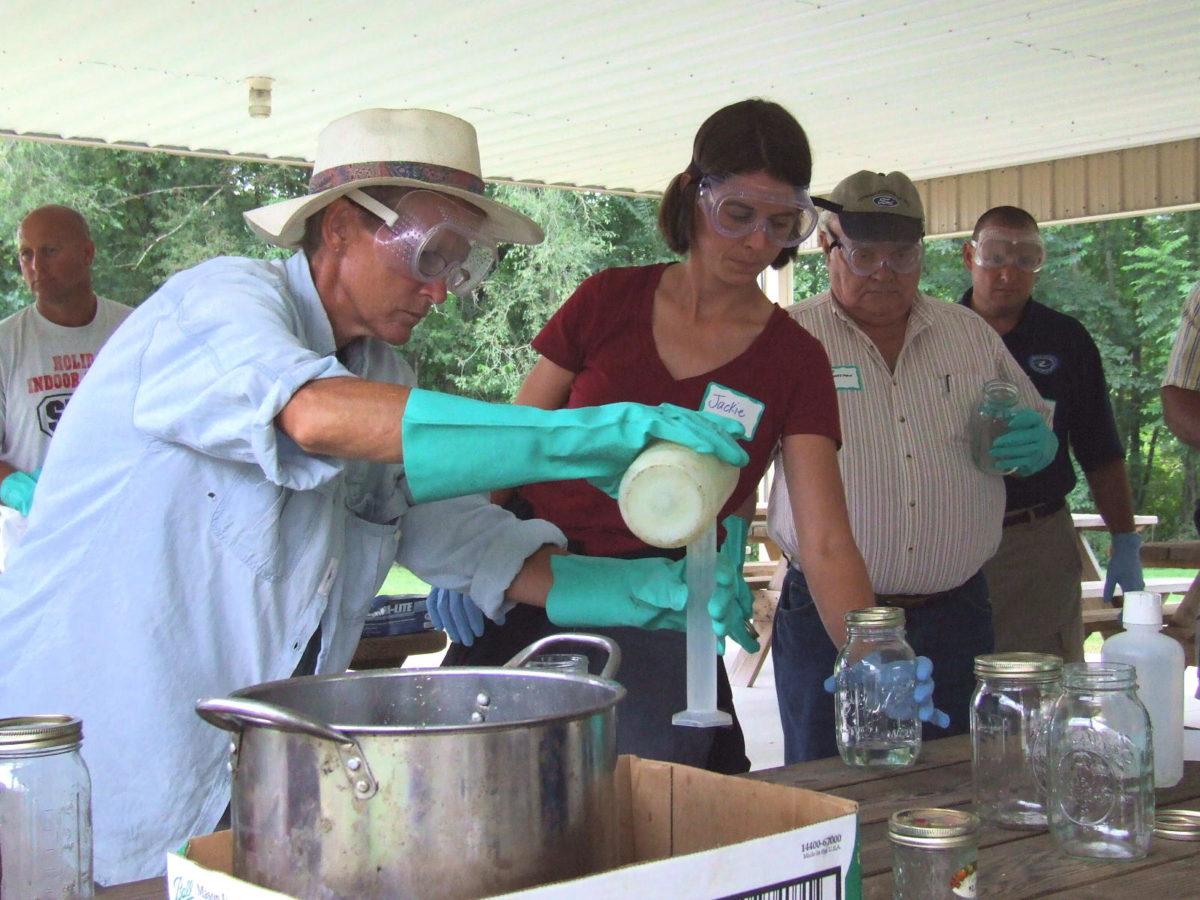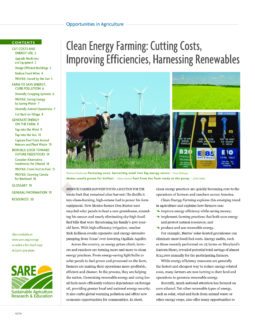Know the Blends: Biodiesel can be used in any standard unmodified diesel engine and in any percentage — from B2, a 2-percent biodiesel mixed with 98 percent petroleum, to pure biodiesel, known as B100.

Prepare for Cold Weather: Cold weather can be a problem for high-percentage blends of biodiesel. B100, for example, will cloud at temperatures slightly above freezing and can clog fuel filters if the temperature drops below 28 degrees. Cloud and gel points depend on what oil was used to make the biodiesel. One solution is two fuel tanks — one with regular diesel that can start in cold temperatures and warm up the other tank, which contains the biodiesel. Other cold-weather strategies include using additives or lower blends, such as B50 or B20.
Use It or Lose It: Biodiesel has a shelf life of about six months; sealed opaque containers with minimal head space (to prevent water condensation) are best for storage.
Know On- and Off-Farm Restrictions: Different tax laws apply for on- and off-farm use. On-farm use is exempt from federal excise tax and most federal regulations, except for storage. For off-farm use or sales, follow state and federal laws.
Check Warranties: Some engine warranties are valid for blends up to B20, but only if used with biodiesel that meets strict industry standards (ASTM D6751). Check your owner’s manual carefully.
Beware of Corrosion: Because biodiesel is a solvent, it may loosen debris in pipes and tanks, clogging filters initially. Changing filters soon after first use, however, remedies the problem. Sometimes rubber hoses and gaskets on older vehicles don’t hold up well with B100. When using high blends, you may need to tweak injection rates and vehicle timing for optimal performance.
Investigate Storage Regulations Carefully: States set regulations for blends up to B20. For higher blends, EPA regulations apply. As more people produce and store biodiesel, these rules are likely to change.
Exercise Caution: Biodiesel production requires careful attention to safety. Methanol, an alcohol used in the conversion process, is flammable and can be toxic to skin and the lungs. Lye, the catalyst, can cause skin and lung irritations and, in a worst case scenario, blindness. Consult your state environmental agency and local fire officials to ensure compliance with regulations.
